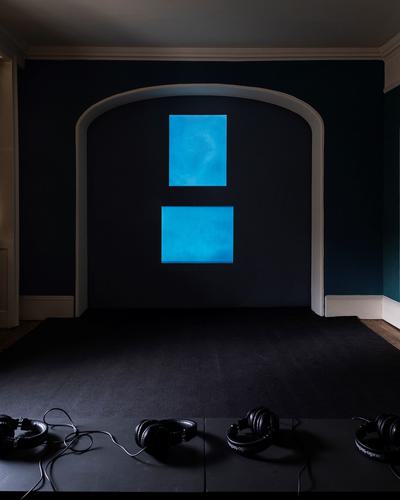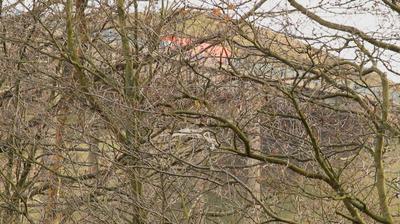A Study Of Shadows
By
Kathleen Herbert
2019
Using the early photographic process of cyanotype, Herbert’s A Study of Shadows series is a continuation of her interest in visibility and light through the colour Prussian Blue and the relationship between science and colour theory. In Goethe’s Theory of Colours he describes blue as ‘darkness made visible.’ Prussian Blue has a unique chemical structure and was originally created through the cyanotype process. It was the colour used to measure the blueness of the sky and was also used in the UK during the Chernobyl disaster as an antidote to radiation poisoning, preventing Caesium 137 from entering the food chain. Prussian Blue also has the ability to heal itself; if the intensity of its colour is lost through light-induced fading, it can be recovered by being placed in the dark.
Newton first discovered the colour spectrum by placing a prism in a beam of light. The white light hit the prism and split into multiple colours. He then discovered that placing a prism upside down in front of the first beam condensed the colours into a white light. For A Study of Shadows, Herbert coats watercolour paper in a light-sensitive solution. She then places prisms in varying compositions onto the paper before exposing it to UV light. The image is then fixed by placing the paper in water. The process is invisible and somewhat beyond control; Herbert works without ever quite knowing how the image will emerge. The resulting images appear to float to the surface from the depths of the colour, revealing the areas where the light has been impeded by the prisms; the shadows.
Photographer Oskar Proctor, courtesy of Danielle Aranud
Photography Oskar Proctor, Courtesy of Danielle Arnaud
Helping Artists Keep Going
Axis is an artist-led charity supporting contemporary visual artists with resources, connection, and visibility.






